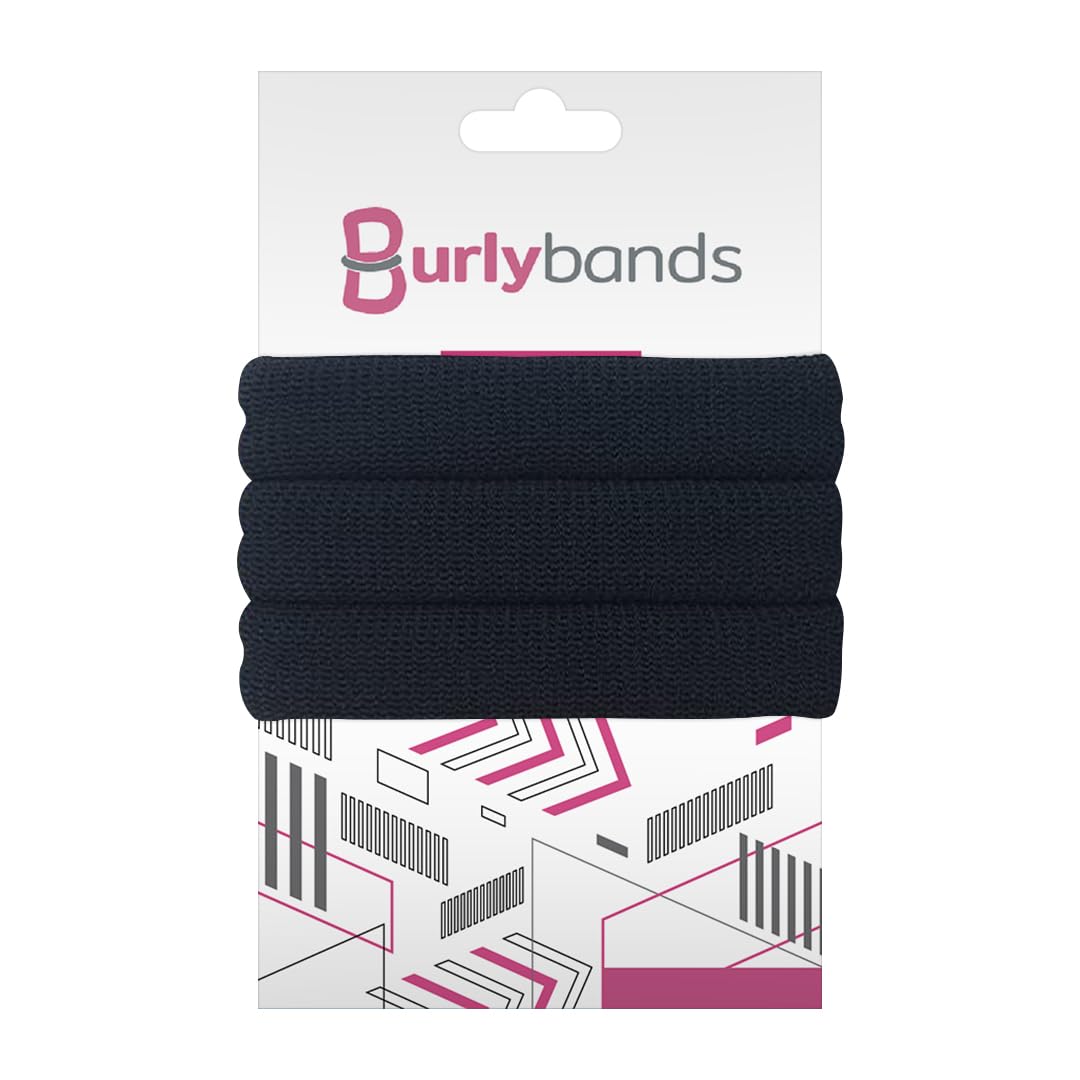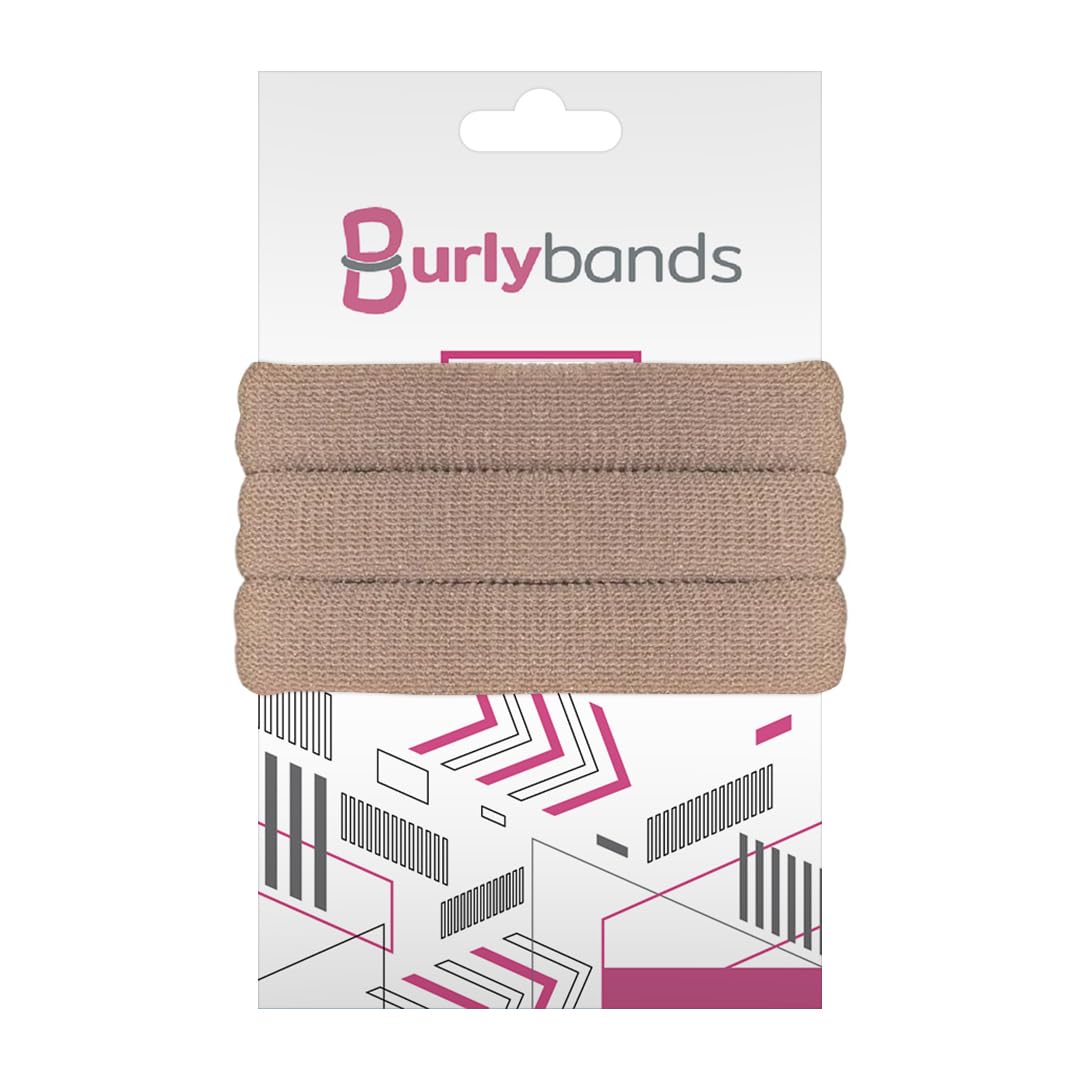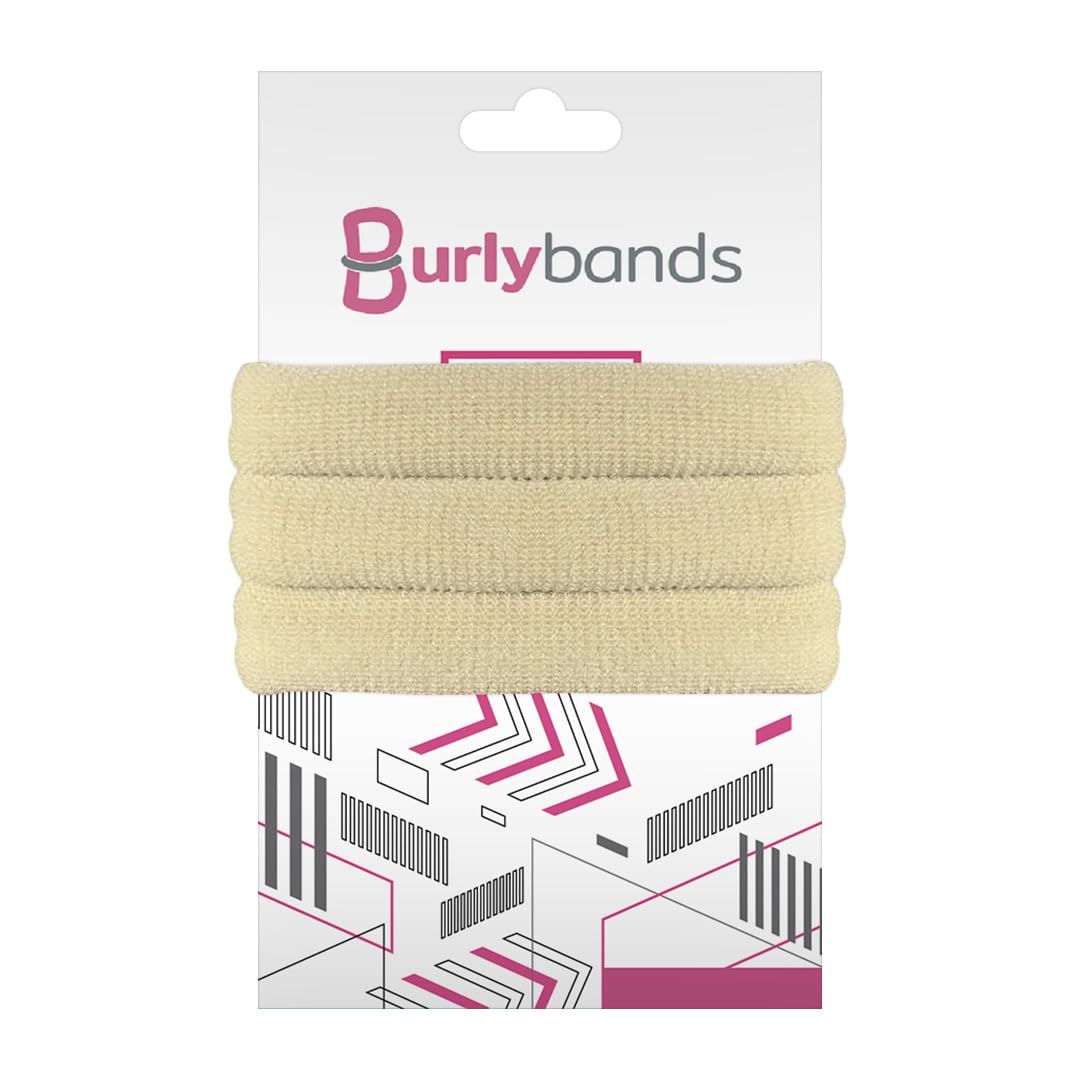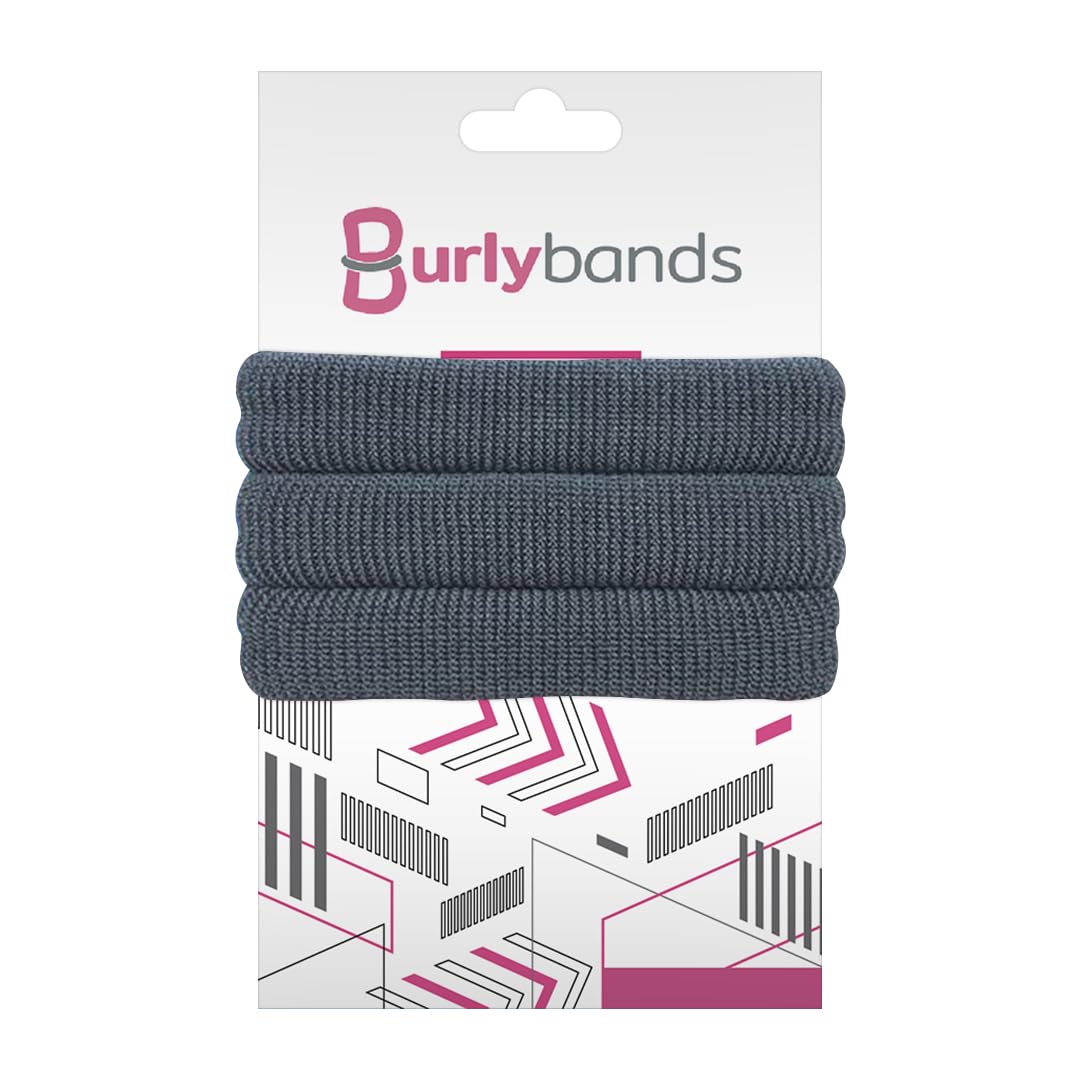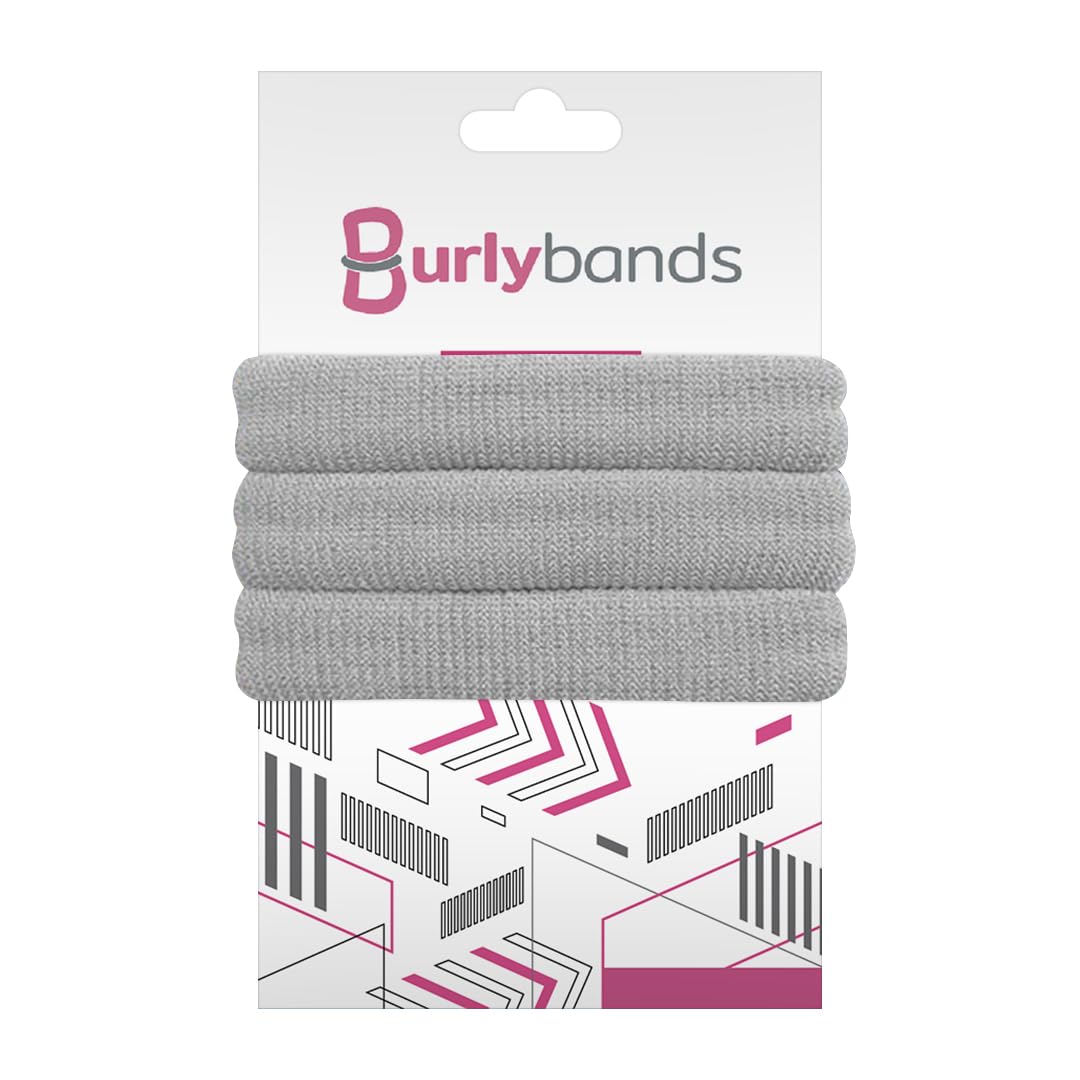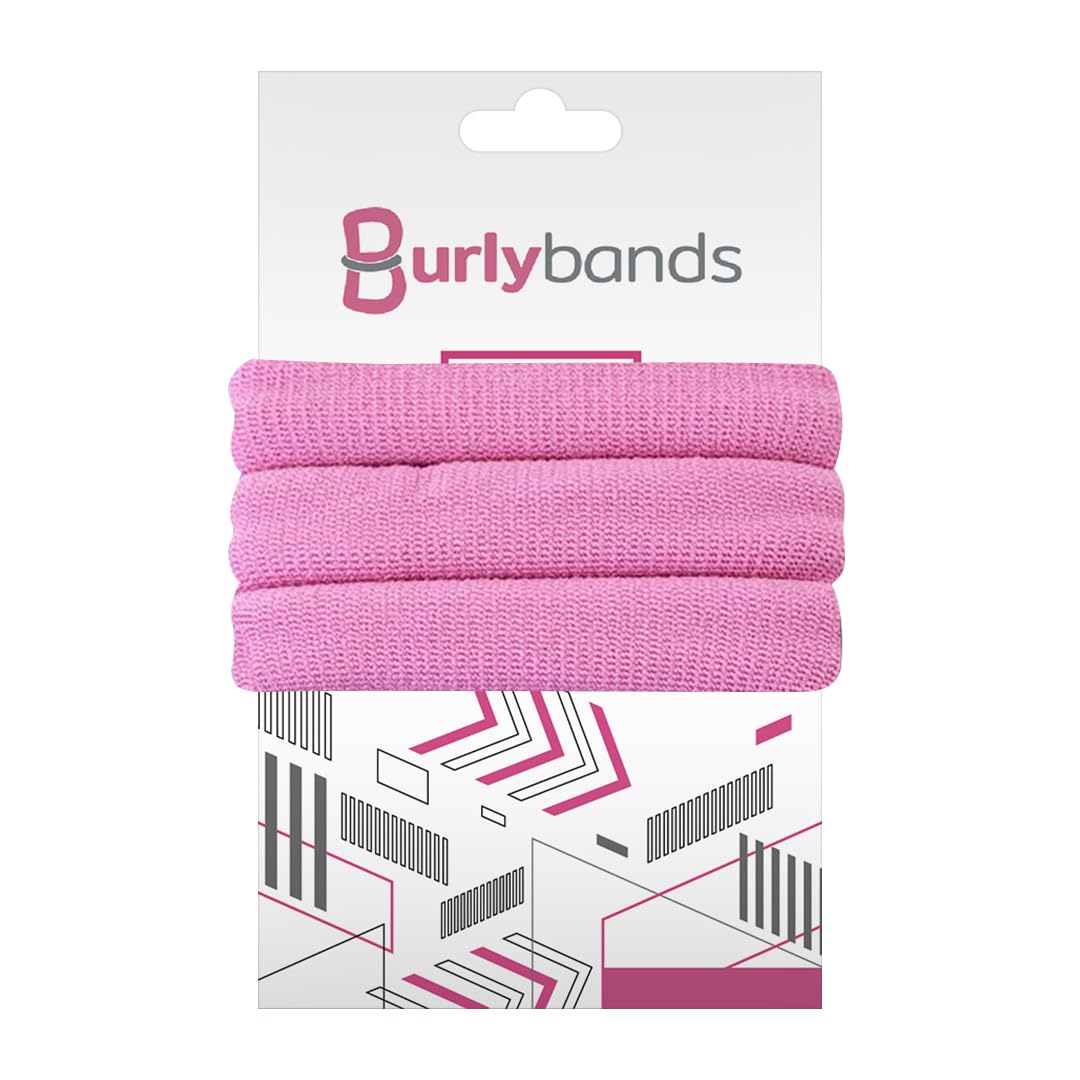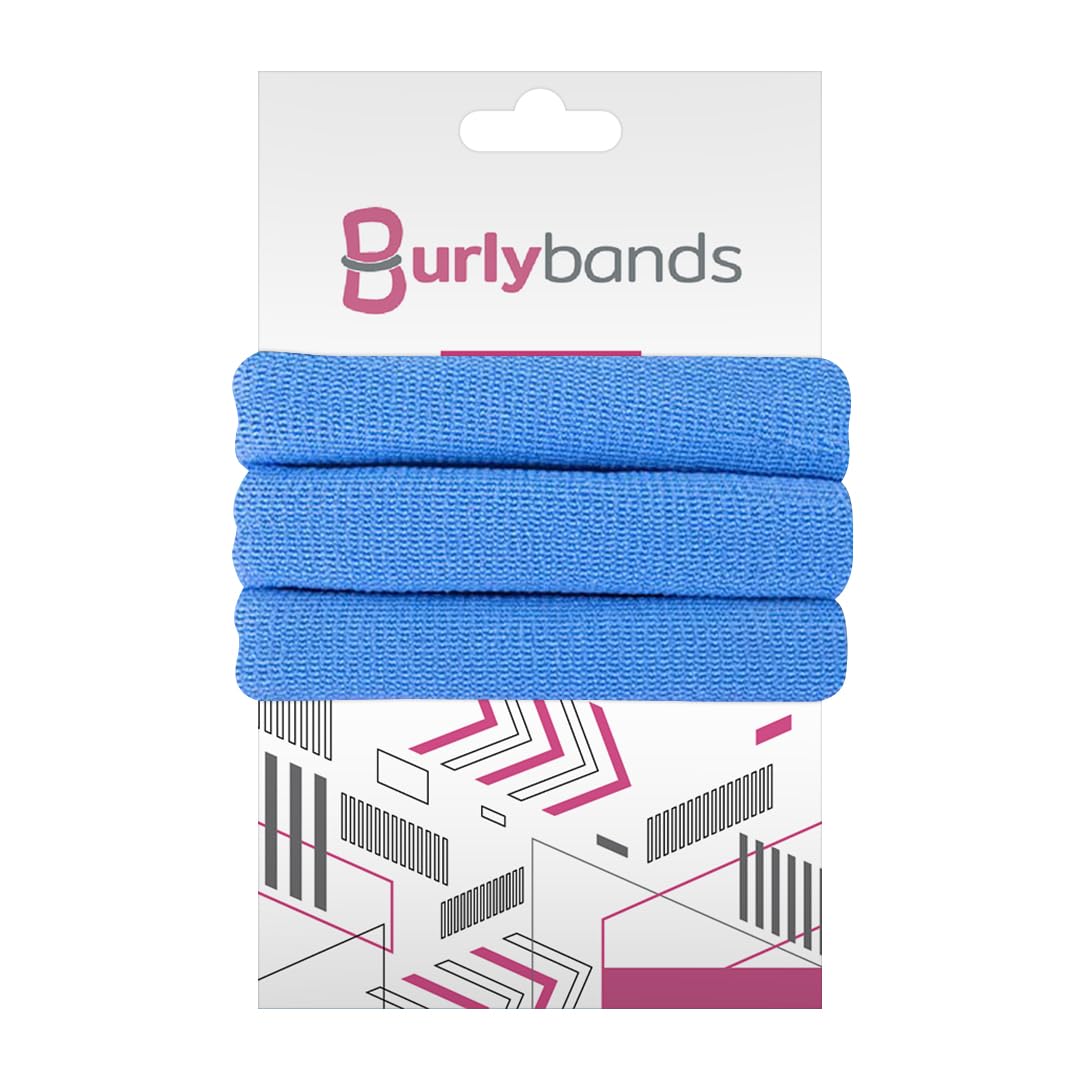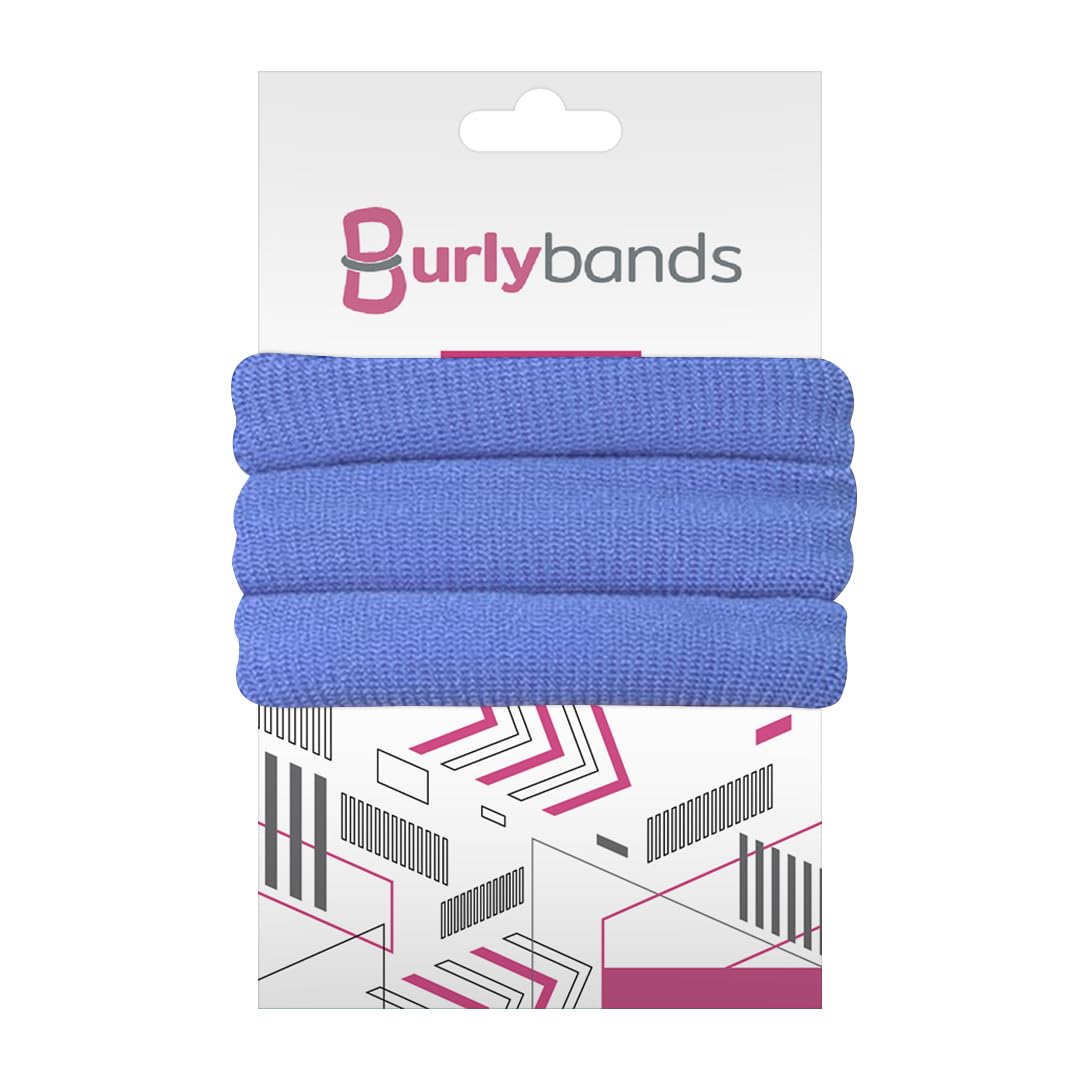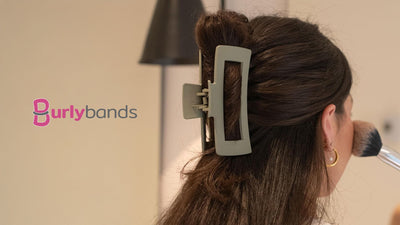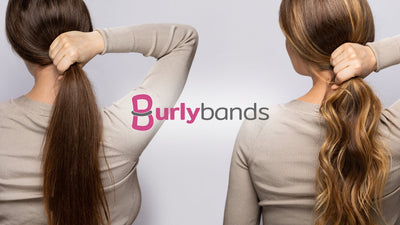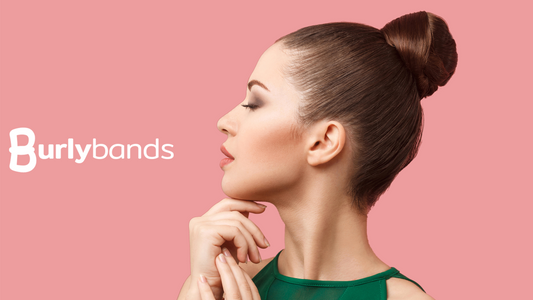Since the dawn of civilization, hair accessories have been an essential part of human adornment. Among these, the hair tie, specifically the one used to secure a ponytail, is perhaps the most versatile of all. This simple yet invaluable tool goes by various names in different regions and cultures, and its evolution parallels the history of fashion and beauty trends. In this blog, we'll dive deep into this topic, exploring the various names for the hair tie used in a ponytail and its multifaceted roles.
The Evolution of the Hair Tie

Credit: Envato Elements/ flernata
Before we get into what are hair ties commonly referred to as, let's dive into their evolution.
The hair tie has come a long way from its humble beginnings. Ancient Egyptian women used bands made from animal hide to secure their elaborate wigs. The Greeks and Romans, known for their intricate hairstyles, used ties made from wool, twine, or ribbon.
Fast forward to the 20th century, and the invention of elastic dramatically changed the game. The simple, stretchy band revolutionized hair management, and by the mid-20th century, the hair tie as we know it began to take shape.
Today, the hair tie market is more diverse and innovative than ever. Eco-friendly, biodegradable hair ties cater to the environmentally conscious, while silk and satin variants appeal to those seeking a touch of luxury. There are also hair ties specifically designed to prevent hair breakage, reduce tension headaches, and even repel ticks and mosquitoes!
The Role of the Hair Tie
At first glance, the role of the hair tie may seem purely practical: to keep hair out of the face and in control. But a closer look reveals that hair ties, in their many forms, play far more diverse and significant roles in our lives.
1) A Tool for Transformation

Credit: Envato Elements/ MgrSanko
Hair ties are tools of transformation. With a simple tug and twist, they can completely change our appearance. Hair can be pulled back into a sleek ponytail for a professional look, twisted into a top knot for an edgy vibe, or half-pulled through a hair tie for a casual, laid-back style. In this way, hair ties allow us to express our individuality and adapt our appearance to different contexts and moods.
2) A Symbol of Action

Credit: Envato Elements/ leikapro
In many cultures, putting the hair up with a hair tie signifies a shift into action. It's a universal non-verbal cue that signals readiness, determination, or focus. This symbolism is frequently used in movies and television shows, where a character often ties up their hair before a significant action scene.
3) A Fashion Statement

Credit: Envato Elements/ SkloStudio
In recent years, hair ties have evolved from a hidden necessity to a visible fashion statement. From designer scrunchies to jeweled hair elastics, they have become an accessory to be flaunted rather than concealed. Hair ties now come in a vast array of colors, patterns, and styles, allowing for further personalization and expression.
4) A Lifesaver in Disguise

Credit: Envato Elements/ Rawpixel
Hair ties are often the unsung heroes in everyday problem-solving. Need to secure a bag or bundle of items? A hair tie can do the trick. Missing a bookmark? A hair tie can step in. From tying up cables to rescuing broken zippers, the versatility of hair ties extends far beyond hair management.
What Are Hair Ties Commonly Called?
The hair tie used in a ponytail is one of the simplest yet most transformative accessories a person can use. It’s prevalent in almost every culture and demographic, transcending age and gender. But what do we call this versatile hair accessory that tames our tresses, elevates our style, and, on occasion, doubles as a makeshift wrist ornament? The answer isn't as straightforward as you might think. This humble hair accessory goes by many names such as the following:
The Hair Tie: A Universal Identifier

Credit: Envato Elements/ leungchopan
The term "hair ties" is probably one of the most universal and commonly understood terms for this hair accessory. As the name suggests, it's a band that ties the hair together. It's an all-encompassing term that includes any device used to hold the hair together and away from the face.
The Elastic Band or Hair Elastic: The Ultimate Material for Securing Hair

Credit: Envato Elements/ viledevil
The terms "elastic band" or "hair elastic" are more specific descriptors of the material used in many hair ties. These names are often used interchangeably with "hair tie." The elastic band’s design and material make it stretchable and capable of holding hair firmly in place, yet flexible enough to remove without causing damage or discomfort.
Elastic hair ties have seen numerous advancements over the years. From simple rubber designs to fabric-covered elastics that reduce hair damage, to spiral-shaped bands that claim to prevent kinks, the evolution of hair elastic demonstrates the ongoing pursuit of the perfect blend of comfort, functionality, and style.
The Bobble: A British Twist

Credit: Envato Elements/ leungchopan
In the United Kingdom, the hair tie is often referred to as a "hair bobble." This term generally refers to an elastic hair tie that has a ball or knot at each end, often covered with fabric. Bigger and bolder than your average hair tie, the hair bobble is as much a fashion statement as it is a hair management tool.
Hair bobbles are often brightly colored or patterned, adding an extra pop of color to a hairstyle. They can be matched with an outfit or used as a contrasting accessory. Although hair bobbles may not be the most practical for all types of hair due to their size, they definitely bring a sense of fun and personality to the hair accessory world.
The Ponytail Holder: Function in the Name

Credit: Envato Elements/ phoenixproduction
Then we have the "ponytail holder," a term that quite literally describes the function of the accessory. The ponytail holder does exactly what it says - holds ponytails in place. This term is widely used in the United States and often refers to a larger, stronger hair tie capable of securing thicker or longer hair into ponytails.
Like most hair ties, ponytail holders are also available in various styles, from simple elastic bands to more decorative options with attached bows, charms, or metallic finishes.
Scrunchies: A Blast from the Past

Credit: Envato Elements/ look_studio
Once the iconic symbol of the '80s and '90s, the scrunchie is making a major comeback. A scrunchie is essentially a fabric-covered elastic hair tie, often made from materials like cotton, satin, or velvet. Its name comes from the gathered, or "scrunched," fabric that covers the elastic.
Scrunchies offer a gentler alternative to traditional hair ties. The protective fabric layer helps reduce friction and tension that can lead to hair breakage. Plus, they come in a variety of colors and patterns, providing a fun and fashionable way to accessorize any outfit.
Hair Bands: More than Just Holders

Credit: Envato Elements/ tanitost
Another name in the realm of hair accessories is the "hair band," which can be a source of some confusion. In the US, hair bands are generally rigid and are worn around the head to keep the hair off the face. They are more of a hairpiece than a tie and can be made from plastic, metal, fabric, or other materials.
In the UK, however, "hair band" can also refer to what Americans would call a hair tie, further demonstrating the regional variations in terminology.
Hair Bungee: A Professional's Secret Weapon to Managing Curly Hair
A more specialized, yet extremely effective tool in the world of hair accessories is the hair bungee. As the name suggests, a hair bungee is a small, elasticated cord with hooks at both ends, resembling a miniature bungee cord.
Hair bungees are a favorite among hairstylists and are often used for more complex or precise hairstyles. They provide excellent control, allowing for adjustments in tension without having to completely redo the style. This makes them particularly useful for securing thick, heavy, curly, or slippery hair that may not stay put with a regular hair tie.
Despite their professional-grade reputation, hair bungees are not exclusive to hair salons. They're readily available and can be a game-changer for anyone struggling with traditional hair ties. Whether it's a sleek high ponytail, a messy bun, or a sophisticated updo, hair bungees can help achieve and maintain the desired look.
Summary
So, what are hair ties commonly called? As we've seen, the answer varies depending on where you are and who you ask. The hair tie, hair elastic, hair bobble, scrunchie, hair bungee, hair band, or ponytail holder may have different terms, but they all serve the same purpose: to bring order to our hair, while simultaneously adding a touch of personal style.
Regardless of what they are called, the true magic of this hair accessory lies in its versatility and universality. It's a small, unassuming object with the power to transform our appearance, enhance our style, and occasionally save the day. So, the next time you reach for that hair tie (or hair elastic, or hair bobble, or ponytail holder), take a moment to appreciate this small but mighty hair accessory for all it represents.
If you're blessed with thick hair or curly hair and have been on the lookout for a hair tie that can handle the volume and strength of your luscious locks, check out Burlybands hair ties. Engineered with strength and durability, Burlybands are designed to keep your hair securely in place without breakage or slipping. With our hair ties, you can embrace the beauty of your thick hair and style it any way you want, knowing your hair tie has got you covered. Shop with us today.
 Log in
Log in


